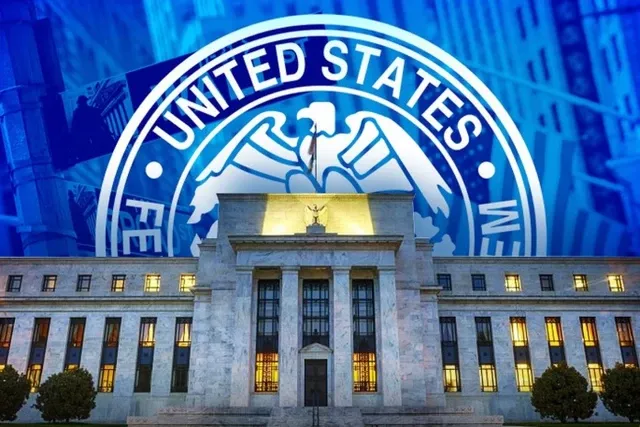 |
| Federal Reserve minutes - Inflation is cooling, but more evidence is needed for rate cuts |
During their most recent meeting, Federal Reserve officials welcomed recent indications of a lowering of inflation and emphasised data pointing to potential cooling of the job market and the overall economy.Should these patterns persist, the Federal Reserve may decide to lower its benchmark interest rate from its 23-year high of 5.3% in the upcoming months.
The Fed's June 11–12 meeting minutes, which were made public on Wednesday, revealed that the decision-makers identified a number of variables that could further reduce inflation in the months to come. Among these were the slower rate of wage increase, which lessens the need for businesses to boost prices in order to pay for labour.
A number of instances of retail chains and other companies cutting prices and providing discounts were also cited by the lawmakers as evidence that consumers are becoming less tolerant of price increases.
However, the authorities also stated that additional proof was required to show that inflation was steadily rising back to the Fed's 2% target. They gave the impression that lowering borrowing rates was not a top priority.
The Fed's meeting minutes can occasionally reveal important information about the policymakers' reasoning, particularly with regard to potential changes in their opinions on interest rates. The financial markets are waiting impatiently for additional details regarding the expected timeline for the Fed to start reducing its benchmark interest rate. In addition to potentially boosting stock prices, rate reductions by the Fed would probably eventually result in lower borrowing costs for company borrowing as well as for credit card, vehicle, and mortgage loans.
The officials' fear that layoffs would probably result from a further softening of the job market marked a significant change from earlier minutes. As of now, fewer job posts have been the primary indicator of a declining demand for labour. Their expressed apprehension regarding a potential rise in layoffs indicates that the Fed should give greater thought to both of its policy objectives: stable prices and full employment. This is different from the past two years, when the Fed's only goal was to reduce inflation, which peaked in 2022 at 9.1%, a four-decade high.
"The vast majority of participants assessed that growth in economic activity appeared to be gradually cooling, and most participants remarked that they viewed” the central bank’s benchmark rate as high enough to slow growth and inflation.
The Federal Reserve said in a statement following its meeting last month that inflation had started to head back towards its 2% target. However, they also reduced their projected number of rate decreases this year from three to just one.
Chair Jerome Powell, however, played down the expectation of a single cut during a press conference, stating that one or two cuts were equally likely. Out of the 19 policymakers, four expressed that they did not see any rate decreases this year. There was almost equal distribution of the remaining 15 officials between one and two cuts.
Tuesday's comments made by Powell at a monetary policy conference in Portugal gave the financial markets hope. Powell stated that the Fed had returned to a 2% inflation rate with "quite a bit of progress."
Consumer price increases were persistently high in the first three months of the year, he noted, but in April and particularly May, inflation resumed the steady decline that had begun in the second half of 2023.
In the latest Fed minutes, many of the officials also noted that lower- and moderate-income households are “encountering increasing strains as they attempted to meet higher living costs.”
“Such strains," the minutes said, “which were evident in rising credit card utilization and delinquency rates as well as motor vehicle loan delinquencies, were a significant concern.”












0 Comments:
Post a Comment